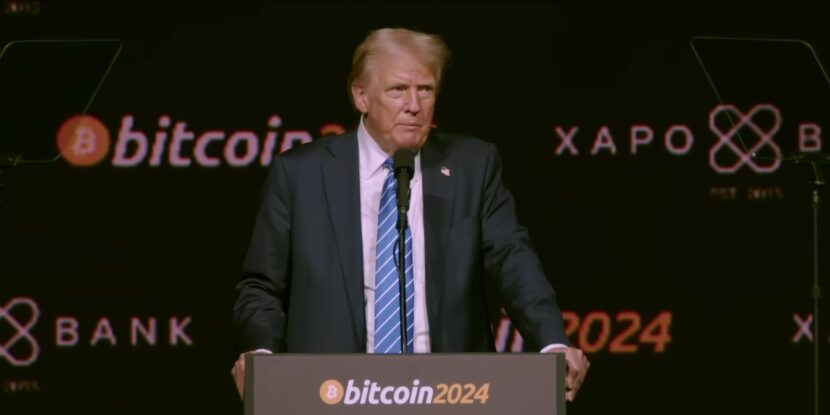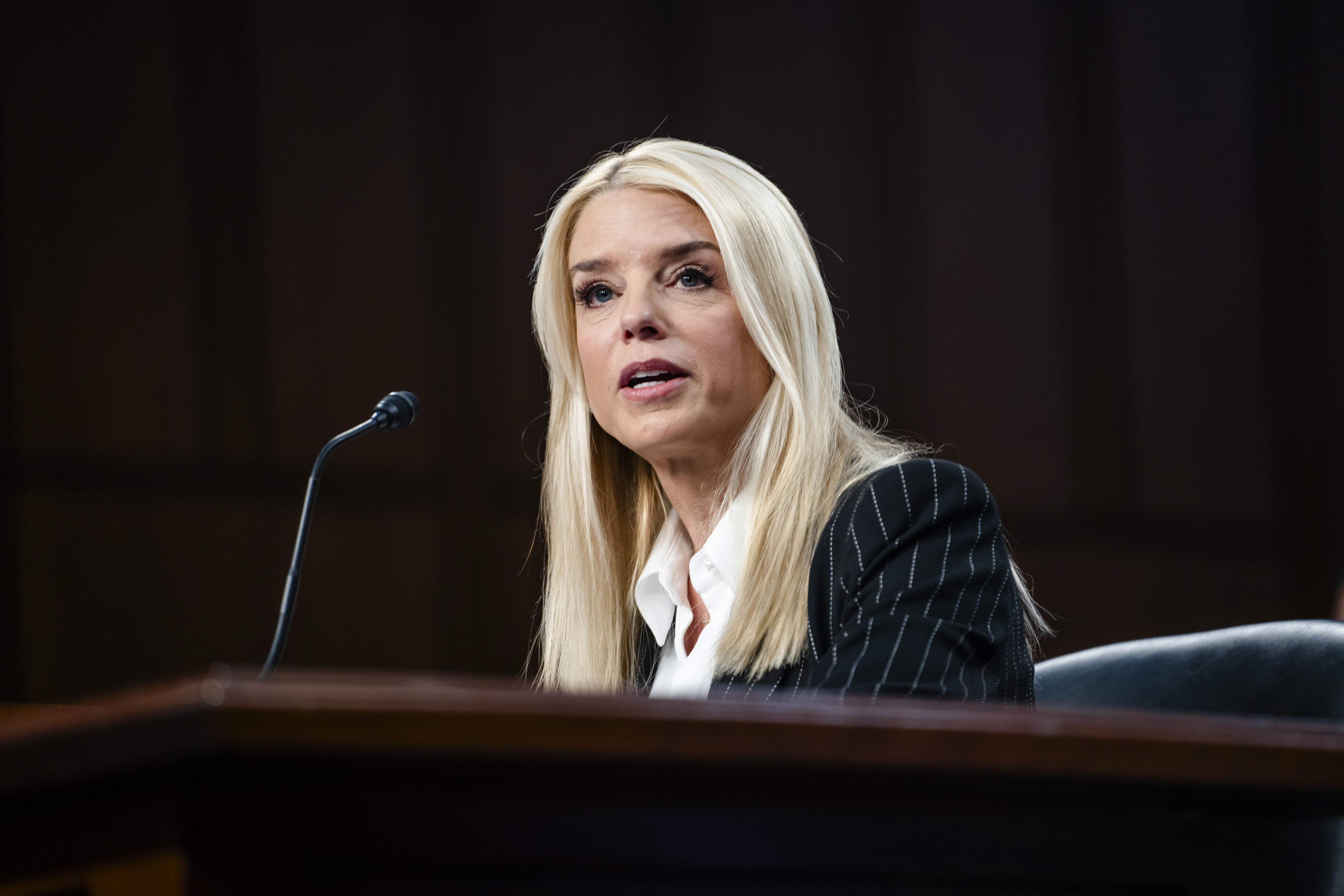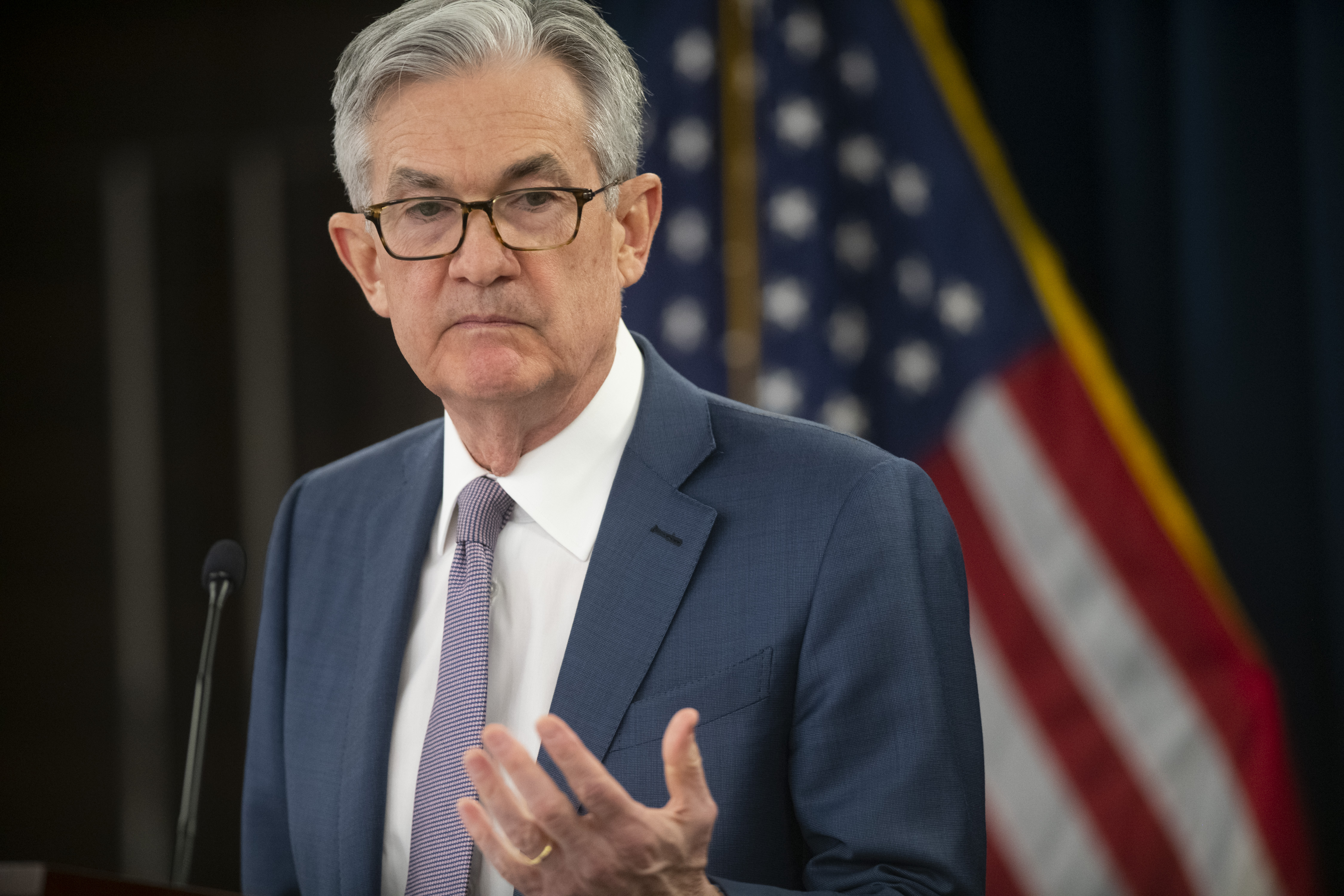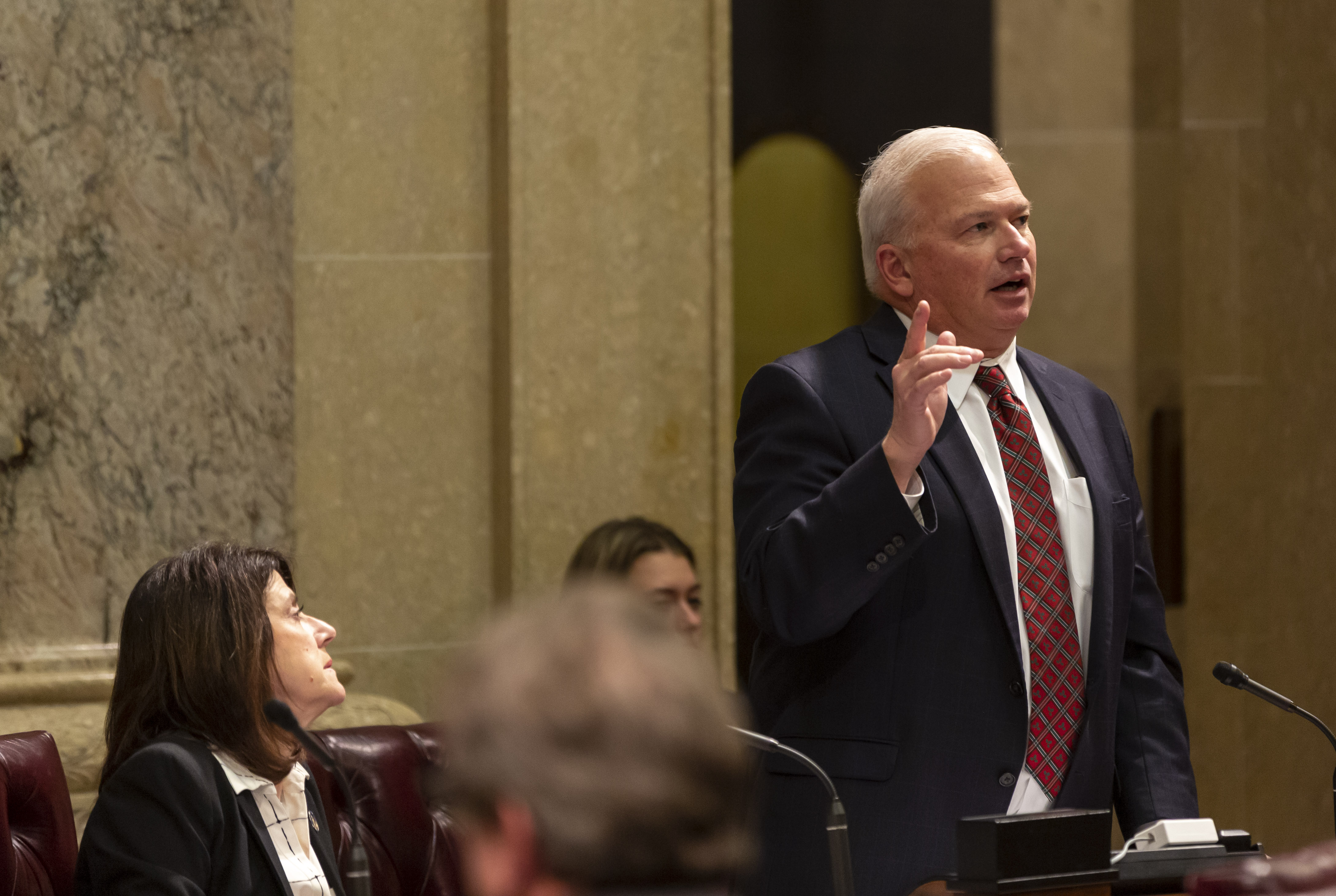
PULSE POINTS
❓WHAT HAPPENED: Iran has warned it may shut the Strait of Hormuz, a vital oil transit route, if the U.S. intervenes in its conflict with Israel.
👤WHO WAS INVOLVED: Senior Iranian officials, including Ali Yazdikhah and Behnam Saeedi, along with U.S. President Donald J. Trump and Iranian Supreme Leader Ali Khamenei.
Your free, daily feed from The National Pulse.
📍WHEN & WHERE: Statements were made on Wednesday and Thursday, with escalating tensions in the Middle East and discussions in Washington, D.C., and Geneva.
💬KEY QUOTE: “If the United States officially and operationally enters the war in support of the Zionists, it is the legitimate right of Iran to disrupt their oil trade’s ease of transit.” – Ali Yazdikhah, a senior Iranian lawmaker.
🎯IMPACT: A closure of the Strait of Hormuz could disrupt global oil markets, prompt a strong military response from regional powers like Saudi Arabia, and escalate the conflict further.
IN FULL
Iran has threatened to close the Strait of Hormuz, a key chokepoint for global oil transit, if the United States becomes directly involved in its conflict with Israel. Ali Yazdikhah, a senior Iranian lawmaker, stated, “If the United States officially and operationally enters the war in support of the Zionists, it is the legitimate right of Iran to disrupt their oil trade’s ease of transit.”
Behnam Saeedi, a member of Iran’s National Security Committee presidium, echoed this, saying that closing the strait is “one of the potential options.” The remarks come as tensions rise in the region, with U.S. President Donald J. Trump weighing the possibility of military strikes on Iran’s nuclear facilities.
The Strait of Hormuz is a critical maritime passage that handles approximately 26 percent of the world’s oil trade. The International Energy Agency (IEA) has warned that any disruption to the flow of oil through the strait would have significant consequences for global markets. Historically, Iran has demonstrated its capacity to threaten shipping in the strait, using tactics such as deploying mines and targeting oil tankers during the Iran-Iraq War. Notably, if Iran were to deploy a significant number of mines in the strait’s waters, it could effectively close the passage to ships for the foreseeable future.
Recent satellite photos and shipping analysis indicate that Iran is rapidly moving to fill its oil tanker fleet and disperse it well outside the Persian Gulf and into the open ocean. A bulk of the shipping traffic moving through the Strait of Hormuz in recent days is attributed to the Iranian oil tanker fleet departing the country’s primary petroleum storage hub, Kharg Island. Consequently, satellite images of Kharg Island show its oil storage containers all to be near capacity, suggesting Iran intends to fill and disperse as many tanker ships in its fleet as possible before it makes a possible move to mine the waters of the strait.
During Thursday’s White House press briefing, Press Secretary Karoline Leavitt read a statement from President Trump, laying out a timeline for potential U.S. action: “Based on the fact that there’s a substantial chance of negotiations that may or may not take place with Iran in the near future, I will make my decision whether or not to go within the next two weeks.” Meanwhile, Iranian Supreme Leader Ayatollah Ali Khamenei warned late Wednesday, “The Americans should know that any U.S. military intervention will undoubtedly be accompanied by irreparable damage.”
Diplomatic efforts remain ongoing, with Germany, France, and Britain set to meet Iranian officials in Geneva on Friday for nuclear talks.
Join Pulse+ to comment below, and receive exclusive e-mail analyses.
show less

PULSE POINTS
❓WHAT HAPPENED: The U.S. Navy announced it has fulfilled its recruitment goals months ahead of schedule, following a similar announcement from the Army earlier this year.
👤WHO WAS INVOLVED: U.S. Navy, Navy Secretary John Phelan, Defence Secretary Pete Hegseth, President Donald J. Trump.
Your free, daily feed from The National Pulse.
📍WHEN & WHERE: The announcement was made on June 18, on X.
💬KEY QUOTE: “Those in uniform today are sailing forward, and the next generation is already preparing to take the watch. To our newest sailors, welcome to the fleet.” — Navy Secretary John Phelan.
🎯IMPACT: The recruitment surge shows the positive effects of President Trump’s policies toward the Armed Forces.
IN FULL
The U.S. Navy has announced that it has already met its recruitment goals three months ahead of schedule, just weeks after the U.S. Army made a similar announcement. Navy Secretary John Phelan announced on June 18 that the Navy had added 40,600 new sailors to its ranks.
“This milestone reflects more than numbers. It reflects the drive of our recruiters, the innovation of our team, and the courage of thousands of Americans who stepped forward to serve,” Phelan said. “Those in uniform today are sailing forward, and the next generation is already preparing to take the watch. To our newest sailors, welcome to the fleet,” he added.
The announcement comes after the Army stated earlier this year that it had met recruitment goals months ahead of schedule, with 61,000 fresh recruits recorded.
Under the prior Biden regime, U.S. military branches struggled with recruitment goals, partly due to a shift to focusing on woke issues and diversity, equality, and inclusion (DEI) policies. For instance, the Army missed recruitment goals by 25 percent in 2022. The situation was exacerbated by Biden having unvaccinated servicemen discharged by the thousands.
Current Defense Secretary Pete Hegseth announced earlier this year that he was more interested in reviving the Armed Forces’ “warrior ethos” and scrapped DEI policies. He also moved to reenlist veterans removed from service for declining to be injected with COVID-19 vaccines.
President Donald J. Trump organized a massive parade last weekend for the 250th anniversary of the founding of the U.S. Army, underscoring his administration’s appreciation for the nation’s military.
Join Pulse+ to comment below, and receive exclusive e-mail analyses.
show less

PULSE POINTS
❓WHAT HAPPENED: The Senate passed the GENIUS Act in a 68-30 vote, aiming to position the U.S. as a leader in digital assets.
👤WHO WAS INVOLVED: President Donald J. Trump, the U.S. Senate, and the House of Representatives.
Your free, daily feed from The National Pulse.
📍WHEN & WHERE: Senate approved the bill on Tuesday, with Trump urging the House to act on Wednesday.
💬KEY QUOTE: “The Senate just passed an incredible Bill that is going to make America the UNDISPUTED Leader in Digital Assets — Nobody will do it better, it is pure GENIUS!” – Donald Trump.
🎯IMPACT: The GENIUS Act could establish the U.S. as a global leader in crypto and digital asset innovation.
IN FULL
President Donald J. Trump late Wednesday urged the House to speedily pass the Senate’s GENIUS Act, arguing it would propel the United States to become the world’s leader on crypto and digital assets. The upper chamber approved the legislation in a 68-30 vote on Tuesday.
The bill would enact new federal guidelines for stablecoins and create a framework for private companies to issue digital dollars. “The Senate just passed an incredible Bill that is going to make America the UNDISPUTED Leader in Digital Assets — Nobody will do it better, it is pure GENIUS! Digital Assets are the future, and our Nation is going to own it,” President Trump wrote on Truth Social.
“We are talking about MASSIVE Investment, and Big Innovation. The House will hopefully move LIGHTNING FAST, and pass a ‘clean’ GENIUS Act,” he continued, adding: “Get it to my desk, ASAP — NO DELAYS, NO ADD ONS. This is American Brilliance at its best, and we are going to show the World how to WIN with Digital Assets like never before!”
Trump’s Treasury Secretary, Scott Bessent, has lauded the bill, stating that “stablecoins could grow into a $3.7 trillion market by the end of the decade.”
“A thriving stablecoin ecosystem will drive demand from the private sector for US Treasuries, which back stablecoins,” Bessent wrote in a post on X (formerly Twitter), adding: “This newfound demand could lower government borrowing costs and help rein in the national debt.”
Join Pulse+ to comment below, and receive exclusive e-mail analyses.
show less

PULSE POINTS
❓WHAT HAPPENED: The State Department announced the resumption of student visa application interviews with new social media vetting protocols.
👤WHO WAS INVOLVED: The U.S. State Department, Secretary of State Marco Rubio, and President Donald J. Trump.
Your free, daily feed from The National Pulse.
📍WHEN & WHERE: The announcement was made on Wednesday, with immediate plans to resume visa interviews.
💬KEY QUOTE: “Every visa adjudication is a national security decision.” – U.S. State Department.
🎯IMPACT: Stricter vetting aims to prevent foreigners with anti-American or violent ideologies from entering the U.S. education system.
IN FULL
The State Department will resume granting student visas, but with heightened social media protocols to monitor possible support for terrorism or “a history of political activism” associated with violence or anti-American views. The Trump administration announced Wednesday that it would soon start scheduling student visa application interviews after all new applications were frozen last month. Potential exchange students will be asked to make their social media profiles public to allow for vetting.
“We use all available information in our visa screening and vetting to identify visa applicants who are inadmissible to the United States, including those who pose a threat to U.S. national security,” the State Department said. “Under new guidance, we will conduct a comprehensive and thorough vetting, including online presence, of all student and exchange visitor applicants.”
The Trump administration has expressed concern about foreign students who have engaged in violent anti-Semitic protests on campuses across the country, as well as Chinese students connected to the Chinese Communist Party (CCP). “Every visa adjudication is a national security decision,” the department’s announcement continued, adding: “The United States must be vigilant during the visa issuance process to ensure that those applying for admission into the United States do not intend to harm Americans and our national interests, and that all applicants credibly establish their eligibility for the visa sought, including that they intend to engage in activities consistent with the terms for their admission.”
Meanwhile, a cable to American diplomats instructed them to search the social media accounts of students for “any indications of hostility towards the citizens, culture, government, institutions or founding principles of the United States,” “advocacy for, aid or support for foreign terrorists and other threats to U.S. national security” and “support for unlawful antisemitic harassment or violence.” One specific terrorist group they were urged to watch out for was Hamas. The diplomats were also told to determine if “applicants who demonstrate a history of political activism” were associated with violence and asked to “consider the likelihood they would continue such activity in the United States.”
Secretary of State Marco Rubio has said the United States does not want to import anti-American agitators to disrupt and undermine the education system. The resumption of student visa application interviews comes after President Donald J. Trump announced last week that the United States would continue to allow Chinese students into the country as part of a trade deal.
Join Pulse+ to comment below, and receive exclusive e-mail analyses.
show less

PULSE POINTS
❓WHAT HAPPENED: A new poll from Find Out Now shows Nigel Farage’s Reform Party leading nationwide with 31 percent support, far ahead of the governing Labour Party and the formerly governing Conservatives (Tories).
Your free, daily feed from The National Pulse.
👤WHO WAS INVOLVED: Reform, Labour, the Tories, the Find Out Now polling firm, and 2,628 Great British adults surveyed.
📍WHEN & WHERE: June 2025, United Kingdom.
🎯IMPACT: The findings represent a seismic shift in British politics and show Reform may be on course to dethrone Labour and the Conservatives, who have led every British government since 1915.
IN FULL
A stunning new national poll shows Nigel Farage’s Reform Party building an increasingly strong position at the top of Britain’s political landscape, surpassing Prime Minister Sir Keir Starmer‘s Labour Party and the formerly governing Conservatives. The poll, conducted by Find Out Now, surveyed 2,628 Great British adults, and shows Reform UK polling at 31 percent—far ahead of Labour, at 23 percent, and the Conservatives, at an abysmal 16 percent.
The Liberal Democrats come in at 12 percent, with the Greens at 11 percent. The Scottish National Party (SNP), formerly led by the notorious Humza Yousaf, registered three percent, with “Other” at two percent, and the Welsh independence party Plaid Cymru at one percent.
Reform’s rise appears to coincide with growing disaffection among former Conservative voters, after the party governed from the left and oversaw an unprecedented surge in mass migration from 2010 to mid-2024, and widespread frustration with Labour’s punishing tax policies and failures on illegal immigration. The polling firm notes that the sample is representative across Great Britain—Northern Ireland has a unique party landscape—by sex, age, region, ethnicity, and voting history, and excludes those who said they would not vote or who were undecided.
Reform’s leader, Brexit champion Nigel Farage, has consistently called for tougher immigration controls, tax cuts, and energy independence.
NEW polling.
Reform 31%
Labour 23%
Tories 16%
Just 39% back the Uniparty pic.twitter.com/Kz6GXLAYga
— Matt Goodwin (@GoodwinMJ) June 19, 2025
Image courtesy of Stuart Mitchell, IncMonocle.
Join Pulse+ to comment below, and receive exclusive e-mail analyses.
show less

 1 week ago
1
1 week ago
1












 English (US) ·
English (US) ·